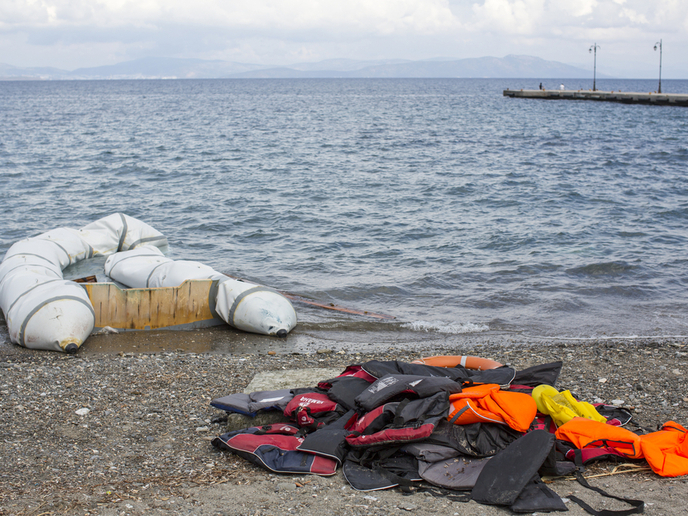There’s the catch: The EU migrant crisis and the CEAS
A work in progress since 1999, the Common European Asylum System (CEAS) was put to a severe test in 2015. Migration had then become one of the main topics of conversation in Europe. Some Member States were having a hard time dealing with immigration pressure, and the unnoticed cracks in the EU’s seemingly harmonised migration and asylum policies had suddenly started to look like massive gaping holes. In this context, the EU-funded CEASEVAL project is akin to a diagnosis and repair mission. Its goal: to assess the functioning of the CEAS, as high numbers of asylum seekers arriving in Europe since 2011 had been putting it under considerable stress. “We were under the impression that research on the CEAS was lacking an integrative perspective. Thanks to our multidisciplinary consortium with expertise in law, political science, sociology, ethnography and human geography – and being located in 13 countries – we felt like we could significantly enhance knowledge about the functioning of CEAS, its shortcomings, the reasons why it malfunctioned, and the possible avenues for further development,” Birgit Glorius, Professor of Human Geography with a focus on European Migration Research at Chemnitz Technical University and coordinator of the CEASEVAL project, recalls. CEASEVAL research encompasses the analysis of regulatory patterns at national and EU level, the mobility trajectories of asylum-seeking migrants, local practices in the face of their applications for asylum, as well as relevant politicisation processes. This thorough assessment was conducted in 16 countries, with a total of 500 interviews with state and non-state actors and 100 interviews with refugees.
Centralised decision-making, clashes with local communities
Soon enough, the main drawbacks started to filter through and come to attention. Centralised decision-making at state level, although effective, had generated conflicts with local communities. The degree of internal heterogeneity in national reception systems grew and, where convergence was indeed achieved, it was generally at the local level and on a small scale. “We found that Member States have often transposed Directives – and incorporated implementation aspects of Regulations – selectively, thereby leading to disparate domestic frameworks on asylum procedures, reception conditions and so on. While concepts such as ‘safe country of origin’ have proliferated in national systems, crucial provisions such as guarantees for vulnerable groups have not been introduced uniformly,” says Glorius. The project consortium identified three main limitations of harmonisation through legislation: divergences in transposition due to the discretion offered by directives, the ambiguity and discretion inherent to regulations, and the ‘enforcement deficit’ in EU legislation. The latter is specifically due to the European Commission’s reluctance to initiate infringement proceedings against violations of the acquis, as identified by the project consortium. “This discrepancy was particularly evident in our empirical research, which demonstrated a mismatch between the first country of arrival principle and the reality of migrants’ lived experiences. Migrants indeed engage in secondary movements largely due to family and perceived employment opportunities elsewhere,” Glorius explains.
It’s not all down to the CEAS
So, is the CEAS to blame? Not according to the project’s analysis of political debates at the time. Instead of focusing on the facts, discussions often instrumentalised immigration for other political purposes. As Glorius says, the question of whether the CEAS is stress-resistant is not so much a technical one, but rather a political one. The project consortium is hopeful that the newly established European Commission will use its recommendations in a potential reform of the CEAS. These include the creation of a ‘coalition of the willing’ if the CEAS remains to be shaped at state level, as well as the strengthening of local agencies if it can be shaped on alternative governance levels. Last but not least, project results integrate various scenarios for possible policy futures in the context of the CEAS.
Keywords
CEASEVAL, EU migrant crisis, CEAS, country of origin, migrants

